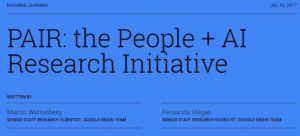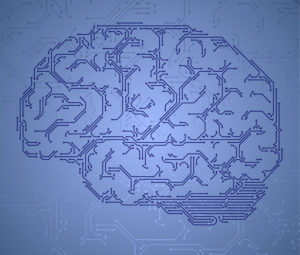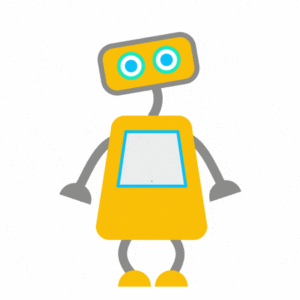 [Timnit] Gebru, 34, joined a Microsoft Corp. team called FATE—for Fairness, Accountability, Transparency and Ethics in AI. The program was set up three years ago to ferret out biases that creep into AI data and can skew results.
[Timnit] Gebru, 34, joined a Microsoft Corp. team called FATE—for Fairness, Accountability, Transparency and Ethics in AI. The program was set up three years ago to ferret out biases that creep into AI data and can skew results.
“I started to realize that I have to start thinking about things like bias. Even my own Phd work suffers from whatever issues you’d have with dataset bias.”
Companies, government agencies and hospitals are increasingly turning to machine learning, image recognition and other AI tools to help predict everything from the credit worthiness of a loan applicant to the preferred treatment for a person suffering from cancer. The tools have big blind spots that particularly effect women and minorities.
“The worry is if we don’t get this right, we could be making wrong decisions that have critical consequences to someone’s life, health or financial stability,” says Jeannette Wing, director of Columbia University’s Data Sciences Institute.
AI also has a disconcertingly human habit of amplifying stereotypes. Phd students at the University of Virginia and University of Washington examined a public dataset of photos and found that the images of people cooking were 33 percent more likely to picture women than men. When they ran the images through an AI model, the algorithms said women were 68 percent more likely to appear in the cooking photos.
Researchers say it will probably take years to solve the bias problem.
The good news is that some of the smartest people in the world have turned their brainpower on the problem. “The field really has woken up and you are seeing some of the best computer scientists, often in concert with social scientists, writing great papers on it,” says University of Washington computer science professor Dan Weld. “There’s been a real call to arms.”
Source: Bloomberg
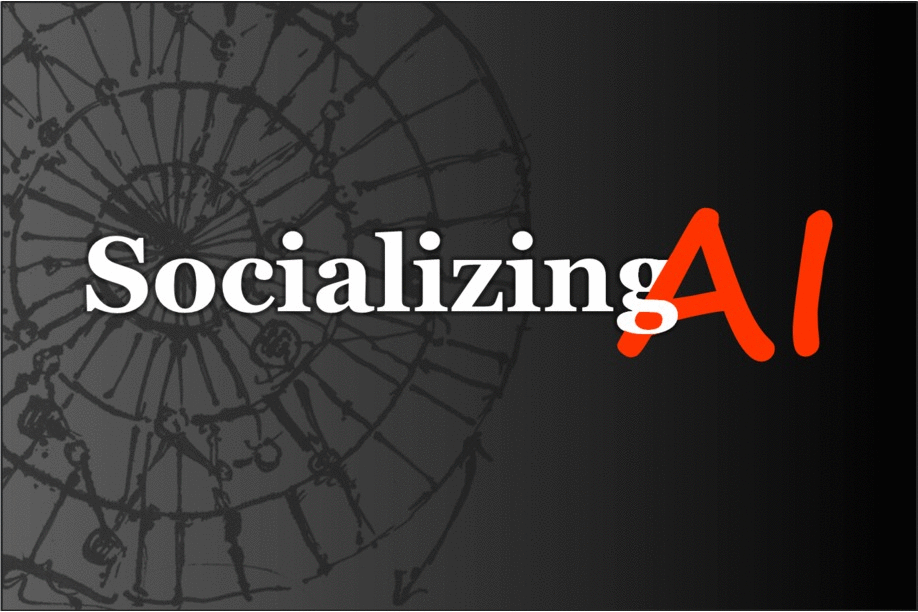
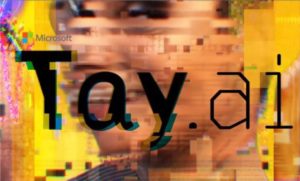


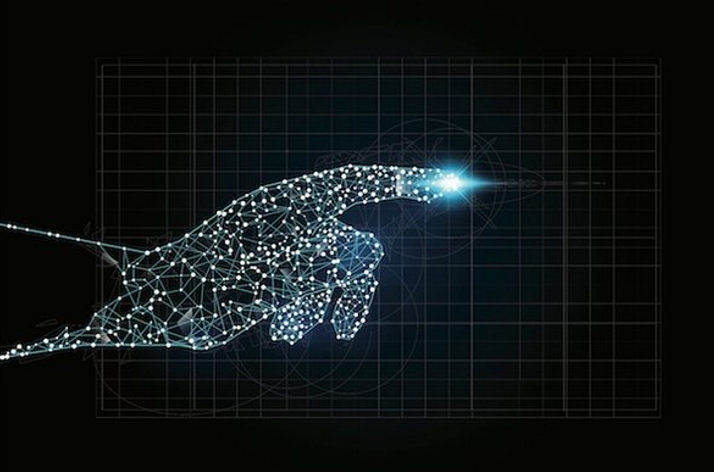



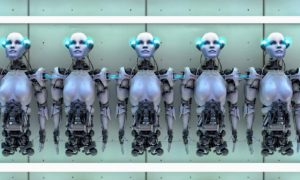




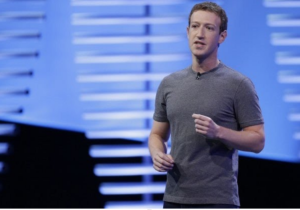

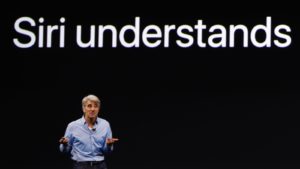
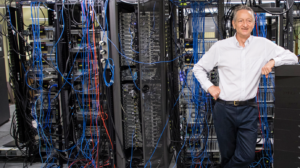
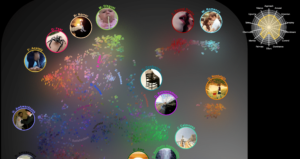
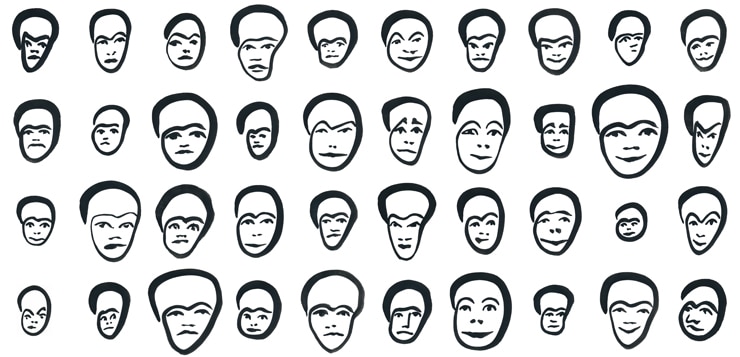

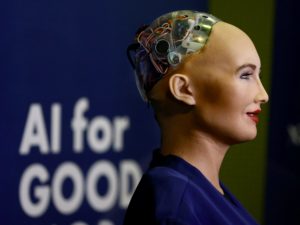




 I
I
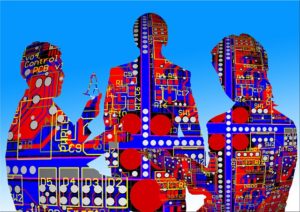


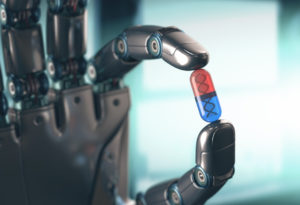
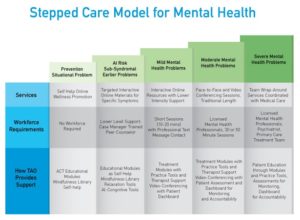

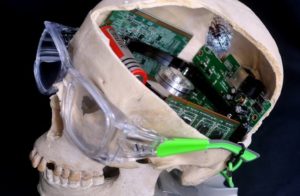





 I
I




